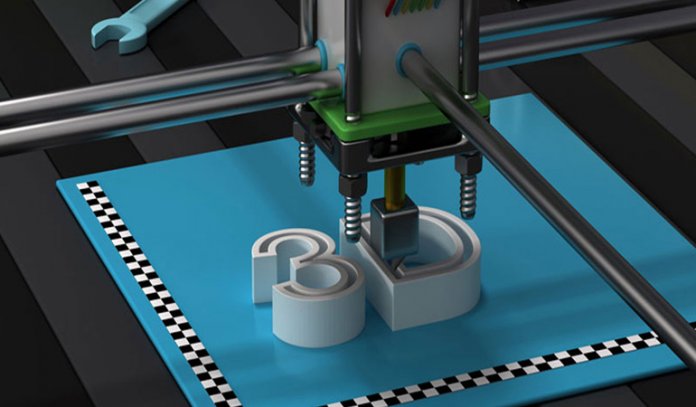Now, that 3D printing has become a reality, the question, “how does a 3D printer work in 2021?” crosses minds frequently. Whether creating a 3D model of rockets and machinery or crafting precious jewelry replicas, 3D printing has ruled the world in almost every field. However, 3D printers are not yet a household name; they are a rapidly growing industry that will change the way products are designed and manufactured.
Contents
3D printing technology is poised to change our lives in a big way. In this post, we intend to discover the working and other features of a 3D printer. The introduction of 3D printers in the market has given a tremendous boost to the manufacturing sector. And, with the right usage and technique, 3D printers are all set to revolutionize future manufacturing trends.
Please continue reading to know more about 3D printers and their functioning before making a purchase.
What is a 3D Printer?
A 3D printer is a printing device that creates 3-dimensional objects out of plastic, metal, glass, ceramic, and other materials. It uses a moving nozzle to extrude material in layers to build up a 3D object. 3D printers are in use for various applications, from home 3D printing to professional design and engineering. The best advantage of 3D printers is making prototypes before developing an actual object or product.
How Does a 3D Printer Work?
A 3D printer works with other software to develop accurate and high-quality 3D models. 3D printing requires significant expertise in computer-aided designing as the most primary task for 3D printing is to develop a CAD model that you can print in a 3D form. Various software are available in the market; the most popular software are TinkerCAD, AutoCAD, and Sketchup.
After developing a CAD model, it is important to slice the design into layers so that the printer can easily understand the model in sections. The slicing breaks the entire CAD model design into subparts and sets the priority order for manufacturing. Slicing is done with the help of external software and programs. Some popular programs are Craftware and Astroprint.
The Design and Commands of 3D Printer
Now, the main task of the printer begins. The design and commands allotted to the printer head will start printing the 3D model. However, the technique of printing can vary in different printers. But, inkjet technology is the most common printing technology. The nozzle moves to and forth in this technology and releases thick plastic polymer material that later on solidifies to form a model prototype.
Other printing technology uses different operations, but the basic working idea remains the same throughout. For example, multi-jet modeling is one of the best modeling techniques for rapid printing. Other printing technique includes binder 3D printing, Laser beam printing, and photopolymerization.
From Hand-made Prototypes to Rapid Prototyping
Printing was once the domain of skilled artisans and laborers who could hand print models, woodwork, prototypes, and much more. Even today, in many industries and commercial sectors, you will find models that are created manually. But times have changed, and today we can print with a wide variety of materials, from plastic to metal to polymers, in various colors and finishes. The key is using a 3D printer to create custom products in hours instead of days.
What Kind of “Ink” Does a 3D Printer Use?
This may surprise many people that they do not use ink despite being called a ‘printer,’ unlike other conventional printers. It is because 3D printers are based on technology that only uses plastic in its molten state. Molten plastic is dispensed through given nozzles, layer-by-layer. That means what you see is molten plastic being extruded from a hole in the form of a layer that keeps on accumulating to form a final structure.
Plastic too is available in different types, and one should choose the right material type, depending on the need and strength of the prototype. The most common thermoplastics used are acrylonitrile butadiene styrene (ABS), polylactic acid (PLA), and polyethylene terephthalate glycol (PETG).
The Future of 3D Printing
3D printing is an exciting technology that has been around for a while but has recently become more popular. The global market share of 3D printers has seen a rapid boost, while their market size is clamping around USD 13.78 billion in 2020. And, this technology is expected to rule the market more dominatingly in the coming few years. A report suggests the total sales of 3D printers are expected to increase at a whopping growth rate of (CAGR) 21.0% from 2021 to 2028.
Final Thoughts
3D printers are a hot commodity right now, as they offer a unique opportunity to make pretty much anything – for much less money and time than you would invest in conventional prototyping methods. So if you’re in the market for one and want to know how does a 3D printer work, this blog is right here for you.


